#Mary of guise
Explore tagged Tumblr posts
Text
"Nostre petit filz," Antoinette liked to call François. Our grandson - our little boy. Soon enough, she had François writing his own notes to Marie. Too young to write them himself, he mostly dictated. His little missives are a marvel to behold. The handwriting is competent, the script of a grown-up. The scribe, a mystery man in the household named Jean, was a dedicated servant; listening to François, he changed not a word. The hand that writes is practiced and steady. But the voice that speaks is all boy.
There was so much to tell. There was eating and playing, sleeping and praying, the ponies, the chickens, the garden, Auntie and Little Uncle. There were games and day trips. There was feasting and fighting. He was a little boy in a grown-up world; sometimes sounds and situations confused him. "Desamoyre is the bride who slept next to my bedroom," he told his mother once. "She was crying hec hec, and her husband was hurting her."
Then there was Grandpapa. Grandpapa was wonderful. Grandpapa took François for picnics, and they picked strawberries. Grandpapa went fishing and gave him a fish (sadly, Jean and Jousine ate it). Grandpapa hid in the closet while Auntie was putting him to bed. Grandpapa took him hawking and he caught two birds. "The heron was yelling Qua! Qua!" he said, "and the kite was saying Let me go!" François adored his Grandpapa. "I held his finger so tight," he explained, "and I didn't want to let it go, because I love him so much and I am his darling." Grandpapa showed François how to hunt, and he wanted to show his mother, too. The hawks fly up, François told her, they catch the herons and the kites, and as for himself - "I run on my little horse, fly! fly!"
He could barely contain himself. He dictated excited, rambling sentences that bounced from this to that, making hardly any sense at all - except to François and, perhaps, to his mother. He told her how Little Uncle sometimes teased him and threatened to steal his toys. He told how he had scurvy and "booboos" on his hands, how Grandmama [Antoinette] fed him good black bread at bedtime, how he spent the day in the garden eating lots of cherries and feeding his pet chickens. He told her how he gave Aunt Louise little kisses, "the way I used to kiss you, Madame the Queen." He simply called his mother "Madame", "Madame the Queen" and sometimes simply "Maman". He told her he missed her. He wished she would write more. He wished for a baby brother. He wished she would come to France to see him. She could bring King James, his stepfather, he said. He wished for that, too.
Jean the scribe crossed the t's and dotted the i's. Then he handed the boy the pen. At the age of five, François had yet to learn how to handle a quill properly. He scratched and scribbled until eventually, he produced something that passed for a signature.
François III, Duke of Longueville sending letters to his mother, Marie de Guise, during her time as Queen consort of Scotland.
Links to respective Wikipedia pages included with people's names when they can be clearly identified.
Source: "Young Queens," by Leah Redmond Chang, pp.67-68.
#crying over this its so sweet#just a little happy boy no formalities we usually see in letters#and of course i get that formal letter writing was a proper thing then#but still its sweet#marie de guise#quotes
16 notes
·
View notes
Text


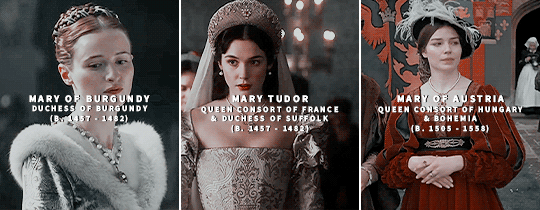
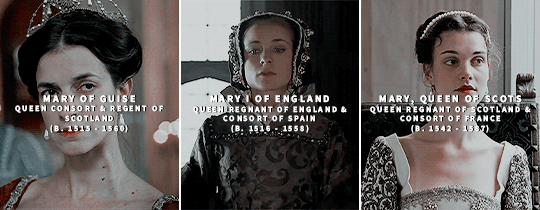
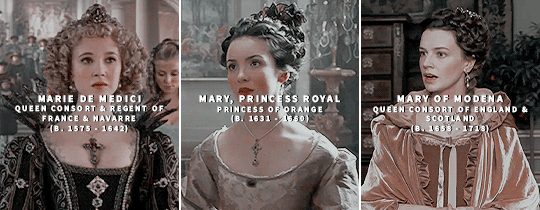
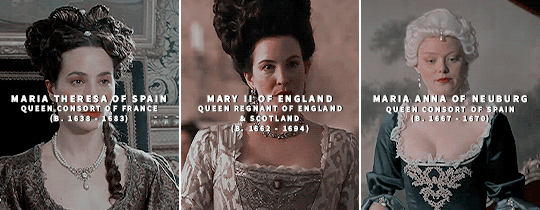
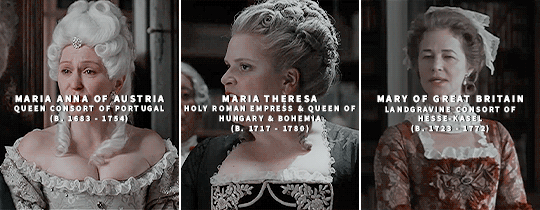

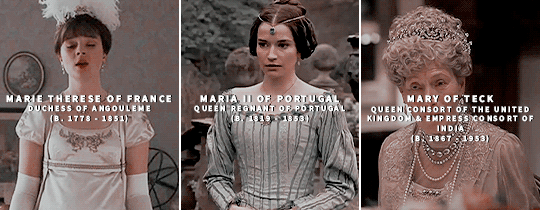
↳ Historical Ladies Name: Mary/Marie/Maria
#mary of woodstock#mary of waltham#mary of guelders#mary of burgundy#mary tudor#mary of guise#mary i of england#mary queen of scots#marie de medici#mary princess royal#mary of modena#maria theresa of spain#mary ii of england#maria theresa#marie antoinette#mary of teck#my gifs#creations*#historicalnames*#historyedit#efoor
572 notes
·
View notes
Text

On May 18th 1538 King James V was married to Marie de Guise by proxy at Notre-Dame de Paris.
James's first wife, the fragile french princess, Madeleine of Valois had died within two months of her arrival in Scotland and for the sake of The Auld Alliance it was imperative a new bride bride was found by the French for the Scottish King. While the Scottish reformation was not yet in full swing, unlike in England where his uncle Henry VIII in had swept away the Catholic church and proclaimed himself as head of the Church of England James V avoided major structural and theological changes to the church and used it as a source of income and for appointments for his illegitimate children and favourites. France looked on afraid that the reformation could affect the bond between themselves and Scotland.
And so it was that less than a year after his young bride died in his arms, Robert Maxwell, 4th Lord Maxwell stood in for the groom. Maxwell was a member of James V of Scotland's royal council and served as Lord Provost of Edinburgh in 1524, 1527 and 1535. He was also an Extraordinary Lord of Session in 1533. In 1537, and was one of the ambassadors sent to the French Court to negotiate the marriage.
James V’s second bride was Marie of Guise, the eldest daughter of Claude of Lorraine, Duke of Guise, head of the House of Guise, and his wife Antoinette de Bourbon. Marie had been previously married to Louis II d’Orléans, Duke of Longueville for three years before he died. Marie had one surviving son, three-year-old François, whom she was forced to leave in France as he had succeeded his father as Duke of Longueville. James V and Marie married in person at St. Andrews on June 12th later in the year.
The pic is a contemporary 16th Century portrait of the couple, displayed in the Long Gallery of Hardwick Hall in Derbyshire. A later copy is on display at Falkland Palace in Fife.
14 notes
·
View notes
Text
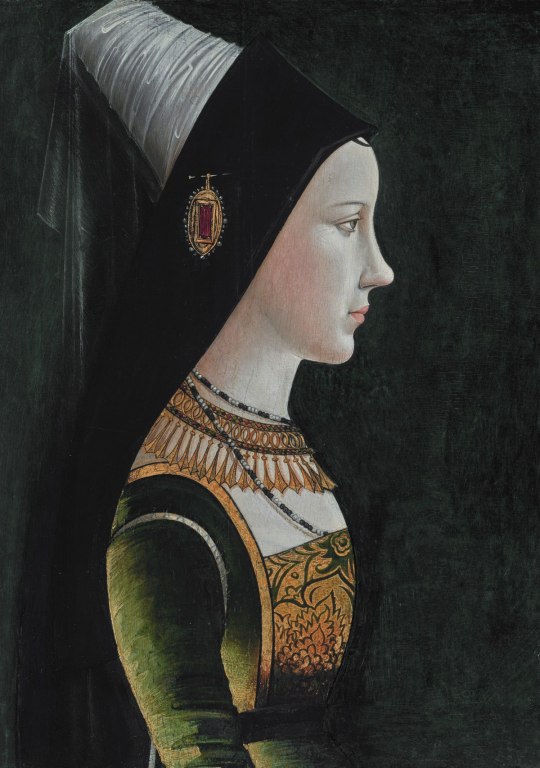


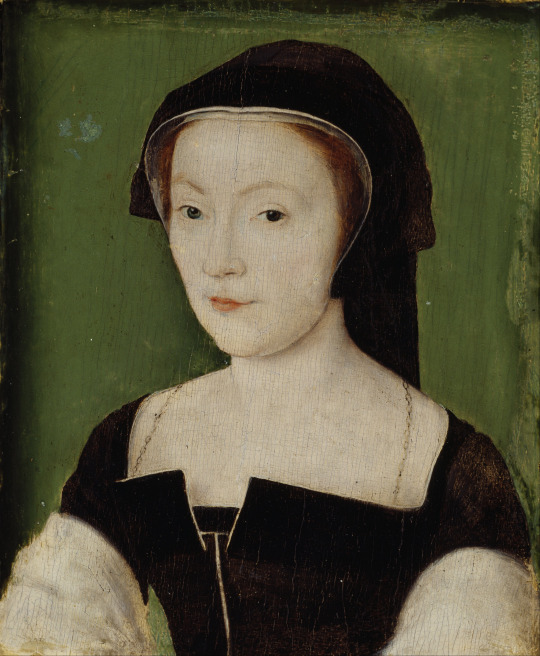
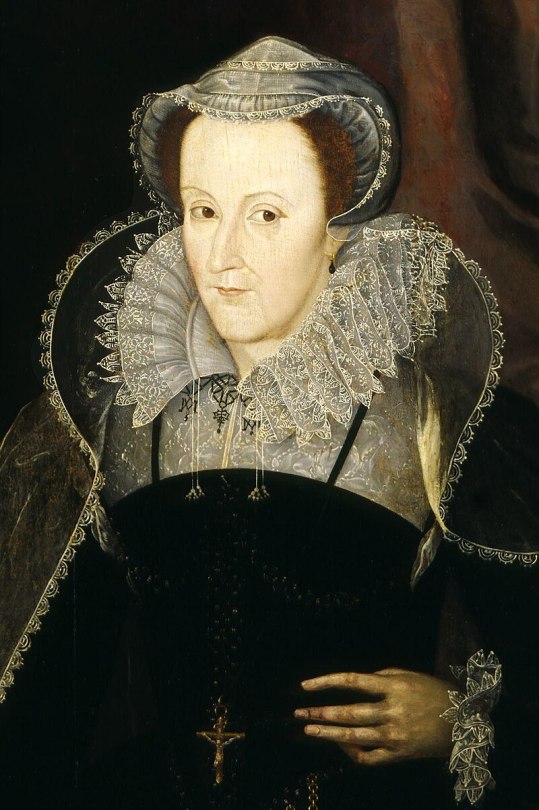
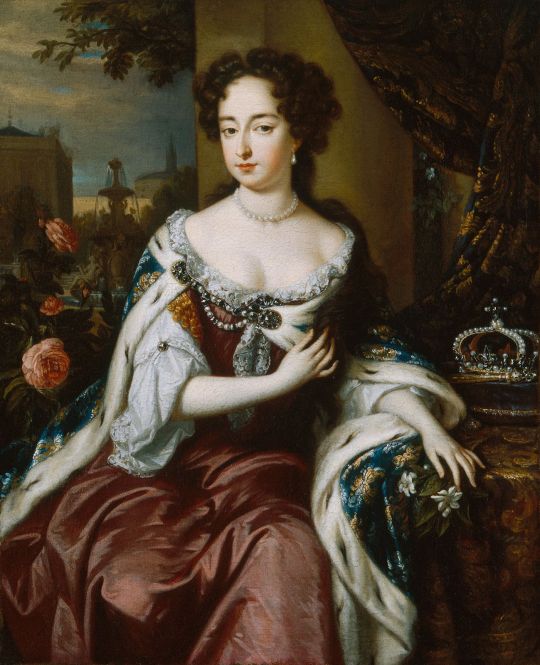
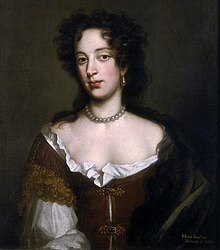

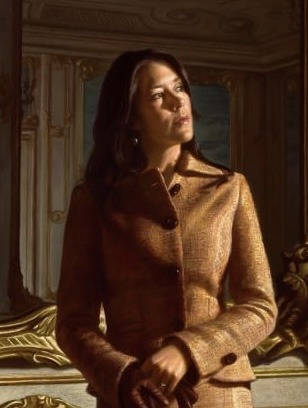
9 Royal Mary’s of history - Reigning and Consorting: -> 1. Mary of Burgundy: Consort of Maximilian I, Holy Roman Emperor (1457–1482). -> 2. Mary of Hungary (Mary of Habsburg): Queen consort of Louis II of Hungary and Bohemia (1505–1558). -> 3. Mary I of England: Reigned 1553–1558 (1516–1558). -> 4. Mary of Guise: Queen consort of James V of Scotland, regent for Mary, Queen of Scots (1515–1560). -> 5. Mary, Queen of Scots: Reigned 1542–1567 (1542–1587). -> 6. Mary II of England: Reigned 1689–1694 (1662–1694). -> 7. Mary of Modena: Queen consort of James II of England, regent for James Francis Edward Stuart (1658–1718). -> 8. Mary of Teck (Queen Mary): Consort of George V of UK, reigned 1910–1936 (1867–1953). -> 9. Mary Elizabeth Donaldson (Queen Mary): current Queen consort of Frederick X of Denmark since 14th January 2024 (1972-).
#ktd#Royal history#european history#Mary I#mary ii#mary queen of scots#queen mary#Mary of teck#Mary of Modena#Mary of guise#Mary of burgundy#Mary of Hungary#European royalty#royal#royalty#brf#british royal family#british royalty#british royal fandom#Art#art history#Denmark
80 notes
·
View notes
Photo
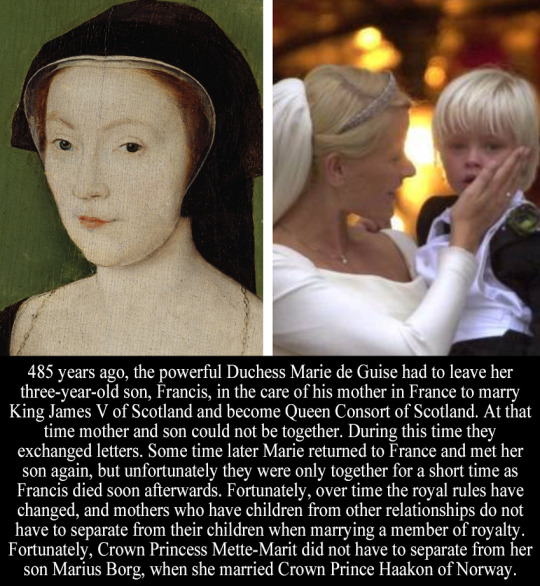
“485 years ago, the powerful Duchess Marie de Guise had to leave her three-year-old son, Francis, in the care of his mother in France to marry King James V of Scotland and become Queen Consort of Scotland. At that time mother and son could not be together. During this time they exchanged letters. Some time later Marie returned to France and met her son again, but unfortunately they were only together for a short time as Francis died soon afterwards. Fortunately, over time the royal rules have changed, and mothers who have children from other relationships do not have to separate from their children when marrying a member of royalty. Fortunately, Princess Mette-Marit did not have to separate from her son Marius Borg, when she married Prince Haakon of Norway.” - Text & Image Submitted by cenacevedo15
39 notes
·
View notes
Text


Jupiter in the Guise of Diana Seducing Callisto, ca. 1650. Gerard van Honthorst (Dutch, 1592-1656)
Diana and Callisto, ca. 1745. Jean-Baptiste Marie Pierre (French, 1713-1789)
2K notes
·
View notes
Text






𝑰𝒏𝒕𝒆𝒓𝒏𝒂𝒕𝒊𝒐𝒏𝒂𝒍 𝑹𝒐𝒚𝒂𝒍/𝑰𝒎𝒑𝒆𝒓𝒊𝒂𝒍 𝑯𝒊𝒔𝒕𝒐𝒓𝒚 𝑨𝒑𝒑𝒓𝒆𝒄𝒊𝒂𝒕𝒊𝒐𝒏 𝑴𝒐𝒏𝒕𝒉:
𝑾𝒆𝒆𝒌 1: 𝑸𝒖𝒆𝒆𝒏/𝑬𝒎𝒑𝒓𝒆𝒔𝒔 𝑫𝒐𝒘𝒂𝒈𝒆𝒓𝒔
𝑫𝒂𝒚 3: 𝑴𝒂𝒓𝒚 𝒐𝒇 𝑮𝒖𝒊𝒔𝒆, 𝑸𝒖𝒆𝒆𝒏 𝑫𝒐𝒘𝒂𝒈𝒆𝒓 𝒐𝒇 𝑺𝒄𝒐𝒕𝒍𝒂𝒏𝒅
#mary of guise#queen dowager of scotland#reign cw#international royal/imperial history appreciation month:week 1
3 notes
·
View notes
Text
MARY OF GUISE // QUEEN OF SCOTLAND
“She was Queen of Scotland from 1538 until 1542, as the second wife of King James V. She was a French noblewoman of the House of Guise, a cadet branch of the House of Lorraine and one of the most powerful families in France. As the mother of Mary, Queen of Scots, she was a key figure in the political and religious upheaval that marked mid-16th-century Scotland, ruling the kingdom as queen regent on behalf of her daughter from 1554 until her death in 1560.”


0 notes
Text
Flemish oak carvings belonging to Mary of Guise, Traquair House

These beautiful Flemish oak panels use a great deal of craft to appear deceptively primitive in order to heighten their power. They belonged to Mary of Guise, the mother of Mary Queen of Scots. There are twelve in total, telling the story of the life of Christ. They survived religious persecution by being whitewashed, and were purchased by the Catholic Earl of Traquiar in the 1700s.




0 notes
Photo

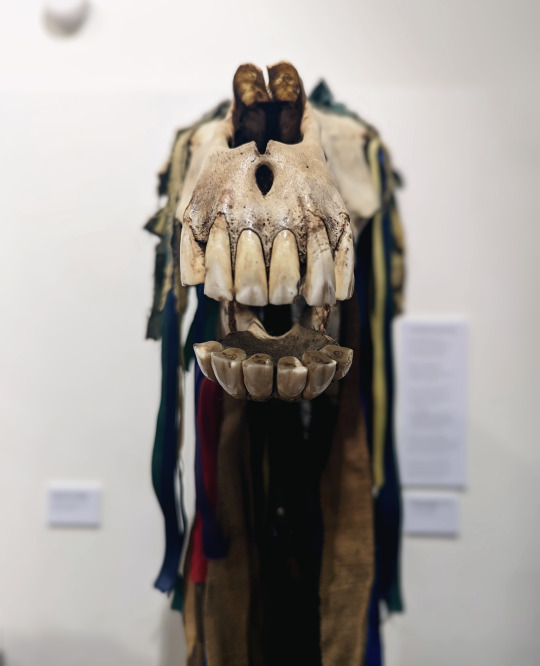
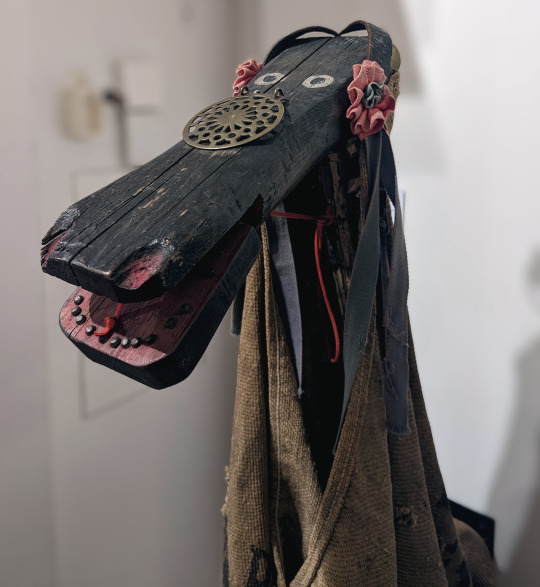
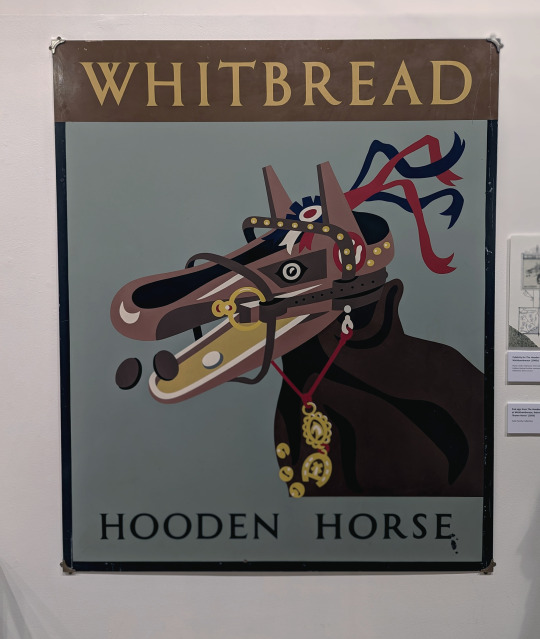





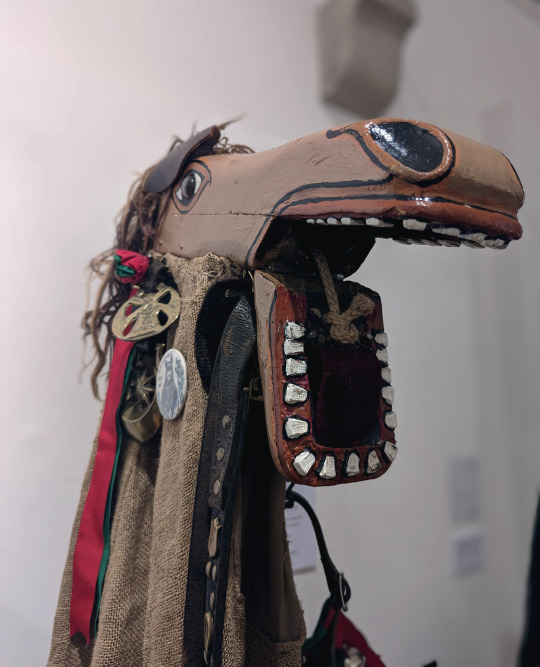
Examples of Hooden Horses and Mari Lwyd’s at Maidstone Museum’s Animal Guising exhibition- Maidstone, UK
#mari lwyd#hooden horse#animal guising#obby oss#hobby horse#wooden horse#horse#folklore#folkhorror#folk art#folkart#skull#animal skull#horse skull#folk horror#maidstone#museum#art#customs#traditions#may day#pagan#occult#witchcraft#morris dancing
1K notes
·
View notes
Text
How dean Winchester’s definition of a wire mother (Mary) looks when a REAL wire mother comes at her (naomi)
#etxt#spnwatch#when dean called cas to complain about not knowing how to act around mary all what do we talk about :(#and cas [remembering his Momboss who lobotomized gaslit brainwashed and made him kill dean under the guise of fixing cas]#went. who give a shit. just be normal. it’s not hard
116 notes
·
View notes
Text
#winter#dark winter#christmas#dark christmas#christmas traditions#christmas customs#history of christmas#mumming#guising#wassailing#year walk#christmas ghost stories#ghost stories#krampus#krampus runs#mari lwyd#st. lucia#st. lucia's day#solstice#the winter solstice#winter solstice#lord of misrule#articles#sarah clegg#the guardian#midwinter
9 notes
·
View notes
Text
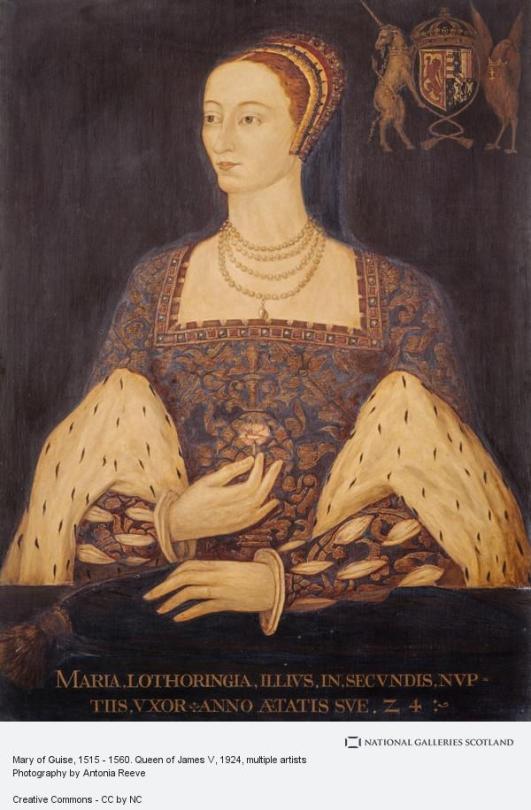
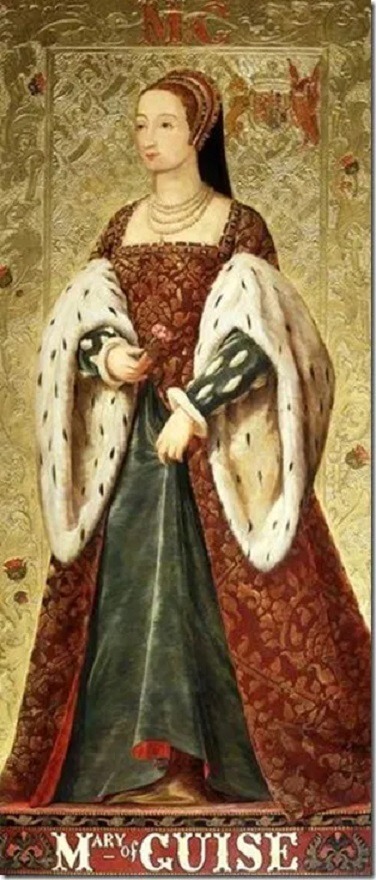




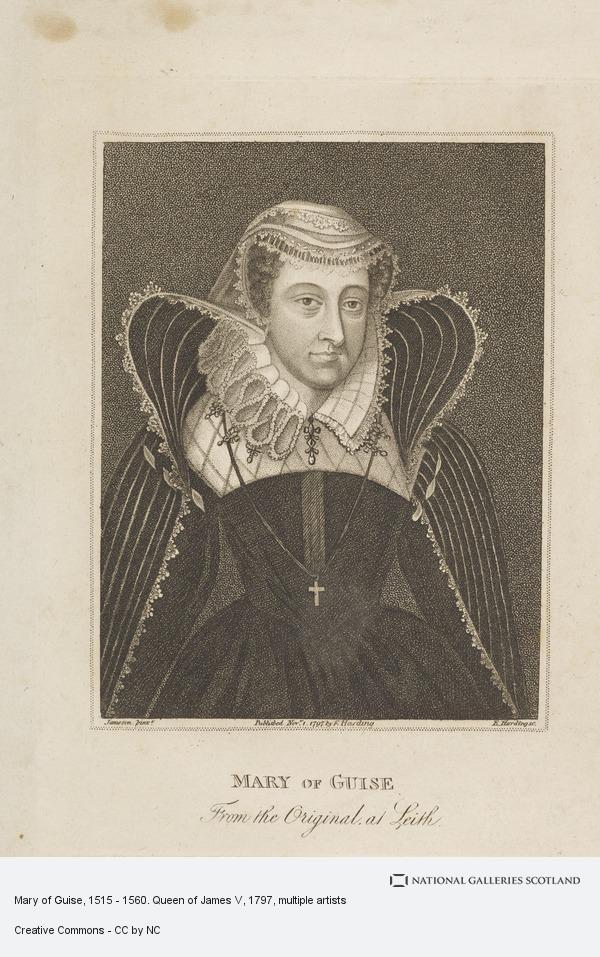
On 11th June 1560, Mary of Guise, Regent of Scotland, died.
A longer post than I am used to, but I think it is necessary to set the scene for the reign of Mary Queen of Scots and why she had such a torrid time as Queen.
Mary is perhaps best known as the Mother of Mary Queen of Scots but there was a lot more to her than this, she was a very powerful woman. From her description you can tell where her daughter got her looks and height, Mary at age of eighteen was tall and attractive with auburn hair, was married to Louis II of Orleans, Duke of Longueville, who held extensive estates in Normandy and the valley of the Loire. The marriage produced two sons unfortunately the Duke died of smallpox in 1537 leaving her a widow at twenty one.
Enter James V King of Scots who had also lost his spouse Madeleine of Valois, if you remember from a previous post Madeleine was a fragile woman prone to sickness, the harsh Scottish climate was blamed for her early demise aged just 16 but she had been a sickly child before moving to Scotland.
Also in the frame for Mary’s hand was a certain Henry VIII of England, Henry by now, he was now looking for wife number 4. An exchange between the two is said to have gone something like this, he remarked on her fine stature she retorted with the witty repartee that although her body was big, she had a very small neck, perhaps alluding to Anne Boleyn’s neck having the misfortune of connecting with and axe severing her head from her body!!
Mary was married to James of Scotland by proxy in Paris in May 1538 and at in person at St Andrews after her arrival in Scotland. The couple had two sons James born in 1540 and Robert a year later, the two died within a few days of each other in April 1541.
Meanwhile relations between James and Henry were at a low, Henry called James to meet him at York, Henry even sent his tapestries there in preparation of the meeting in September 1541, James snubbed him, saying his wife was pregnant and he did not want to leave her. The snub might have been part of the reason that the armies of Scotland and England met at Solway moss the following year, it was a crushing defeat by the English and James died the following month, on his deathbed he would hear that his wife had given birth to Mary Queen of Scots. Although there were few soldiers killed at Solway Moss, more than 1200 of James’ army were taken prisoner, amongst them some of our top nobles. Henry was determined to impose his will on the weakened Scottish kingdom and permanently end its alliance with catholic France.The Treat of Greenwich was signed agreeing that the young Queen would be taken to England and brought up in the English court of Henry, then married to his son, it was largely agreed to by those nobles who were prisoners of the English, although not entirely.
The Scottish Parliament dissmissed the treaty out of hand and big bad Henry sent an army to lay waste to Scotland and force the treaty through, the phrase “I lyke not thys wooyng.” is said have derived from historian, Patrick Abercromby’s account of the war that followed, although it would not be popularised till many years later by Walter Scott, since then it was used regularly.
After a Scottish defeat at the Battle of Pinkie Cleugh in September 1547, French military aid weakened English resolve and increased the power base of Mary of Guise, who remained in Scotland, but to protect the young Queen Mary Stewart was sent to France in 1548.
The government of Scotland was first entrusted to James Hamilton, 2nd Earl of Arran, as Regent, like many before and after him he would change sides over the years, first being firmly encamped as a protestant before becoming a catholic and in 1554, he surrendered the regency to Mary of Guise. The Guises had trained her well in the craft of Government, but little could have prepared her to deal with the unreliable Scots, the reformation was in full swing and the Protestant Lords did not trust a catholic Regent. She had no confidante to turn to and communication with France took time. She had to rely on her family’s recognition of the strategic importance of a Scottish alliance for both France and the Catholic Church. Of course the Protestant Lords were unhappy that ties with the Catholics of France were becoming stronger but were encouraged by the crowning of Elizabeth I in 1548 and they hoped to gain advantage through this. The country was more or less in a state of Civil war as events leading to the Reformation took hold.
Among the Regent’s ambassadors were the Earl of Argyll and Lord James Stewart, Earl of Moray, both professed Protestants. When the Mary of Guise stationed French mercenaries in Perth, both abandoned her and joined the Lords of the Congregation at St Andrews, where they were also joined by John Knox. Even Edinburgh soon fell to them in July, as Mary retreated to Dunbar. On 25 July 1559 a truce and treaty promised religious tolerance, the truce did not last long.
The Lords of the Congregation had established a provisional government. However, Mary of Guise was reinforced by professional French troops, strengthening her hand and it looked at one stage as if she had the upper hand, victory was in her grasp. Fighting continued in Fife. All seemed lost for the Protestant side until an English fleet arrived in the Firth of Forth in January 1560, which caused the French to retreat to Leith. The following month the Scottish Lords of the Congregation signed The Treaty of Berwick and the Queen of England, sent an English land army into Scotland to join their Scottish allies in besieging the French at Leith.
She died of dropsy on 11th June 1560. Her body was wrapped in lead and kept in Edinburgh Castle for several months. In March 1561, it was secretly carried from the castle at midnight and shipped to France. Mary, Queen of Scots attended her funeral at Fécamp in July 1561. Mary of Guise was interred at the church in the Convent of Saint-Pierre in Reims, where Mary’s sister Renée was abbess. A marble tomb was erected with a bronze statue of Mary, in royal robes, holding a sceptre and the rod of justice in one hand. The tomb was destroyed during the French revolution.
Of Mary’s five children, only her daughter Mary survived her, and we all know what happened to her……..
This blog post here gives more detail on Marie here https://thefreelancehistorywriter.com/2012/10/01/marie-of-guise-queen-of-scotland/
Pics are of the Lady and plaques remembering her at Edinburgh Castle and South Leith Parish church, the stained glass is at The Magdalen Chapel in The Cowgate, the only the only stained glass that survived the Scottish Reformation in its original location.
27 notes
·
View notes
Text
The Serpent Queen Season 1 +2
I finally finished the final episode of The Serpent Queen on STARZ today. My thoughts: I ending up enjoying it more than I thought I would. The storyline was fun and entertaining. The writers were clearly going for a more comedic depiction of their characters. Almost all of them were over the top, exaggerated and slightly insane.
Minnie Driver as Elizabeth I was hilarious. There were parts of her character I didn't like but for the most part she worked. Her true personality was usually there right beneath the surface. Loved Queen Jeanne d'Albret, Henri of Navarre, and Marguerite de Valois. Most of Catherine's children came across as very sympathetic which is probably why I enjoyed Season 2 more than Season 1. No Diane de Poitiers in Season 2 either another good thing. I can't stand her lol! The Guises and the Bourbons were scheming, foolish and not very likable but entertaining to watch. I really liked Montmorency he was sympathetic right up until his end. Mary Queen of Scots was a fanatical Catholic and overly villainous. Something I haven't seen before.
I had mixed feelings about the Duke of Florence and Rahima. It seemed like they were trying to give characters of color a storyline in a historical drama, which I can appreciate but considering they weren't real people their story seemed to be shoved into the plot in a way that felt clunky. I wish the writers had tried to include black people or people of color who actually lived in France at that time. It would've been more respectful. Rahima felt a lot like Lina in The Spanish Princess. I liked her character but thought her storyline could've been handled better. Same with Sister Edith she reminded me of Anne Aschew particularly the way Anne is portrayed in Firebrand preaching to the people and stirring them up.
The main problem I had with the series is the way Catherine de Medici herself is depicted. She starts out very sympathetic but becomes more ruthless and evil as the show goes on. Committing one act after another in order to survive. The writers blamed her for too many bad things that happened that can't be proven. The death of her husband and oldest son Francis. The St. Bartholemew's Day Massacre. Sigh I'm sad The Serpent Queen isn't getting renewed but at the same time I'm glad we don't have to watch her character get assassinated anymore. Hopefully, someday another movie or TV series will do Catherine justice and not lean into the dark legend so much.
#the serpent queen#catherine de medici#elizabeth i#jeanne d'albret#mary queen of scots#marguerite de valois#montmorency#guises#bourbons
6 notes
·
View notes
Text
Since Tumblr embraces the Mari Lwyd, I thought you might enjoy some photos of some of her Cornish relatives the 'Obby Osses at the revival Montol festival.
46 notes
·
View notes
Text
The Consequences of the Massacre of Wassy
Commerative plaque to the Massacre at Wassy (Photo credit: Ji-Elle from Wikimedia Commons) French history has been a favorite of mine since college days when the designated professor was eccentric and gave fascinating lectures. Those are fond memories. Recently, my reading list has included lots of French history, especially the sixteenth century and the Renaissance era. A certain incident in…

View On WordPress
#Antoinette de Bourbon#Catherine de’Medici#Charles IX#Duke of Guise#Elizabeth I#Francis II#French Catholics#French history#French Reformation#French Wars of Religion#King of France#Mary Queen of Scots#Mary Stuart#Massacre of Wassy#Protestants#Queen of England#Queen of France#Queen of Scotland#Renaissance#Stuart history#Tudor history#Wassy
2 notes
·
View notes